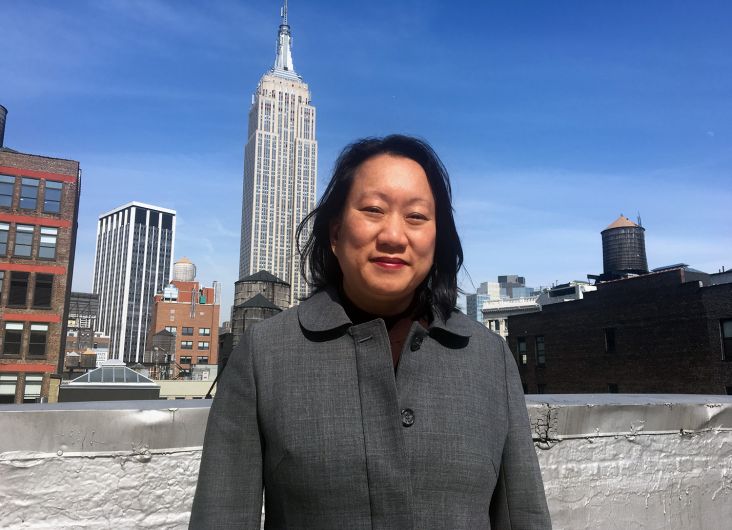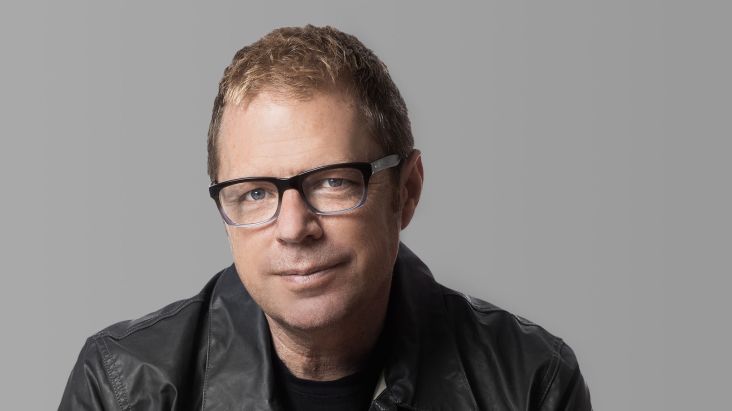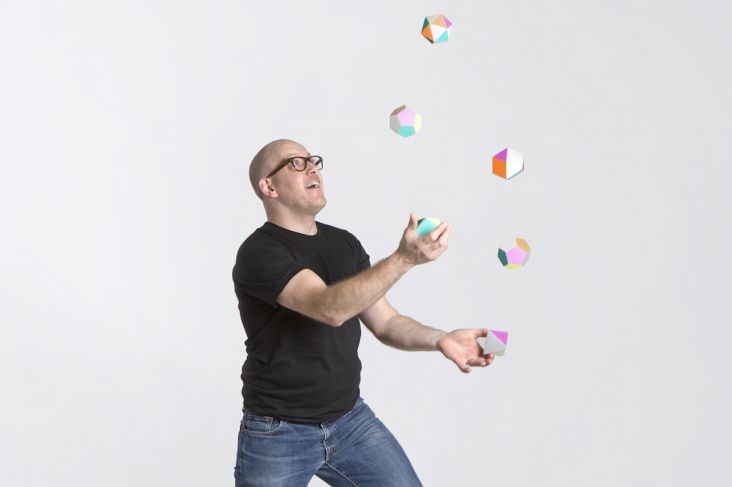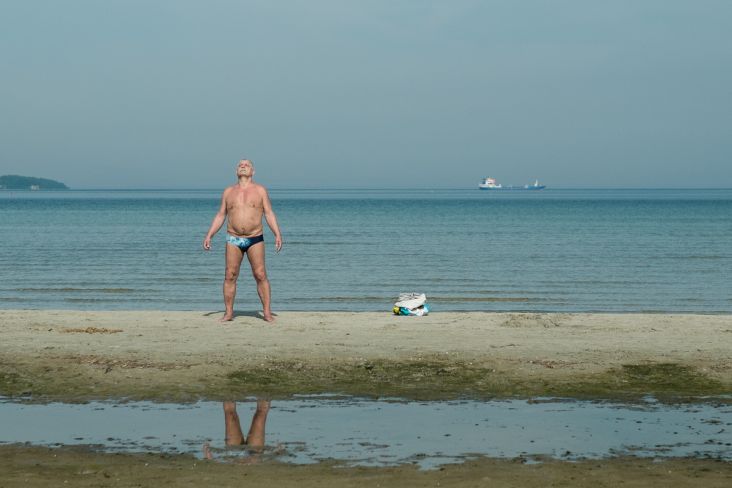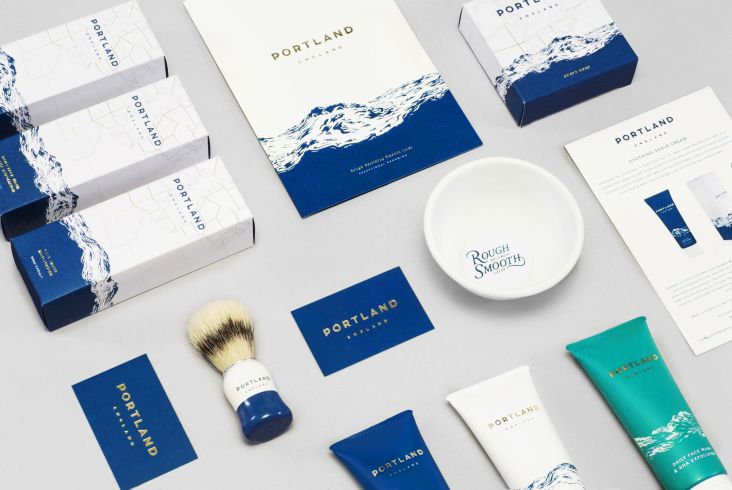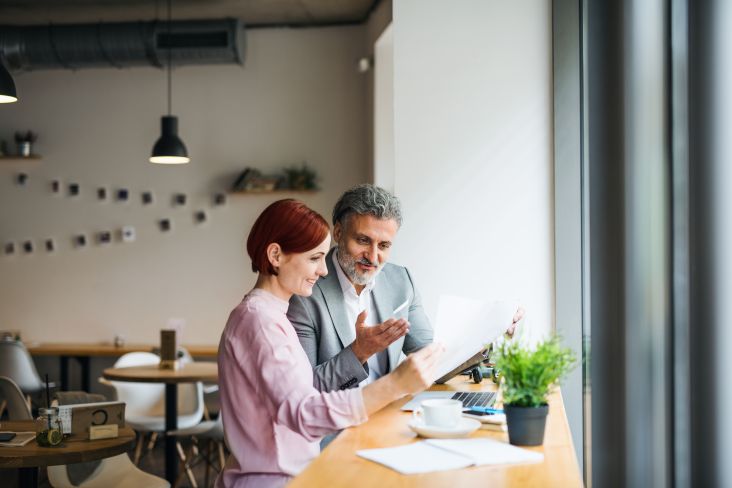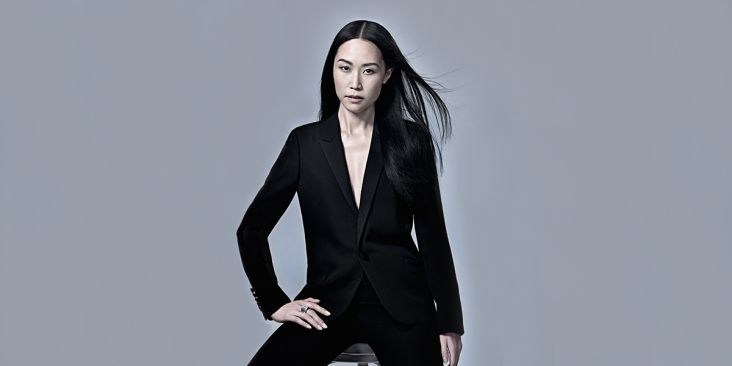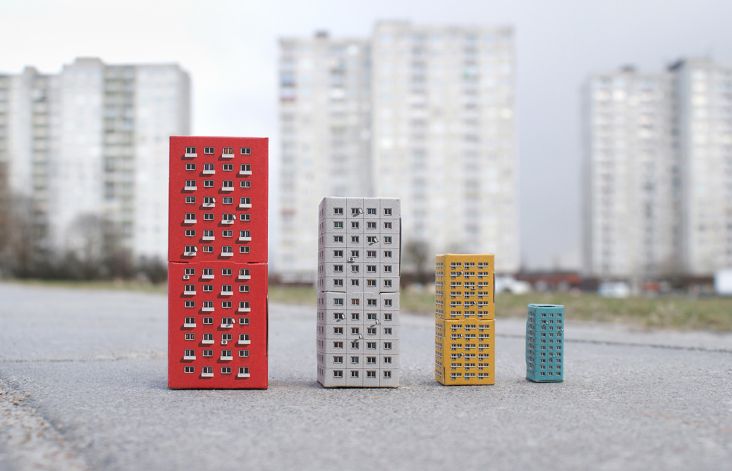Meera Lee Patel on mindfulness, following your dreams and running a creative business
Meera Lee Patel is an emerging artistic talent from Brooklyn who has built a loyal following selling her illustrations, paintings and textiles on sites such as Etsy and has rocketed her profile on social media by sharing her inspiring work. Inspired by nature, books and the colour and spirit of her native India, Meera's clients range from Urban Outfitters to NASA.
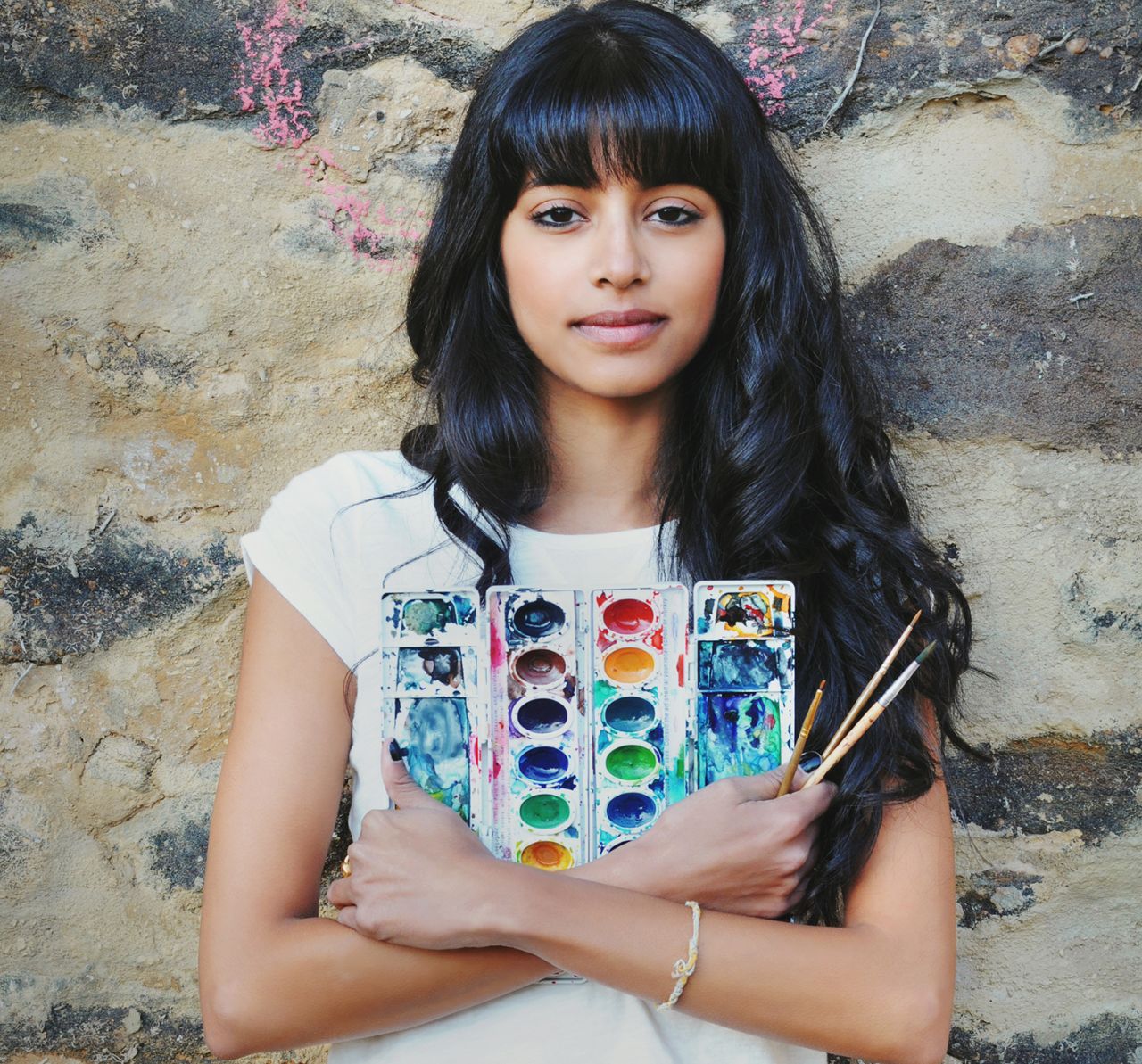
Later this month, she is publishing her own book – a journal for self-exploration, entitled Start Where You Are. It's a mindfulness colouring book with a twist – it uses thoughtful prompts and hand-drawn illustrations to guide readers through lessons in introspection in order to gain inspiration, motivation, and a better understanding of themselves.
Meera is inspirational for those wanting to pursue a non-traditional route into art and illustration and she has a lot to say about how creativity can help those experiencing anxiety, confusion, and loss of direction find a sense of self. We chatted to Meera about her book, how she got started and built her own business and why she feels mindfulness is so important in the creative world.
Tell us how you got started. Where did you study?
I studied at Rutgers University in New Brunswick, New Jersey for three years. I graduated with degrees in English and Journalism & Media Studies and began working as an editor at a publishing company a few months after graduation. It was only a year later that I began to dabble in painting and drawing, seeking creative fulfilment that my job simply didn’t offer me.
So you're completely self-taught as an artist. How did you do that?
I started drawing about a year after working full-time. I felt very lost and underwhelmed by a 9-5 schedule and a workload that – while important – offered little meaning to me and who I was. I began painting as a way to feel creative, inspired, and passionate again. I started sharing my work on social media and, encouraged by the responses I received, I launched an Etsy Shop and began to sell my work. It was only after joining the craft fair circuit and seeing how other people made a living off of their work that I really began to feel that it was possible. This idea is a dream I carry with me constantly, and it encourages me to keep going whenever my schedule or workload bears down on my bones.
Do you have any advice for those interested in pursuing a career in illustration?
I believe that the desire to create must be instilled very deep inside you. It’s this desire that encourages and supports me when the realities of freelance life – the hustle, the invoices, the deadlines, the demands – begin to seem like too much.
If it’s something you love to do, you’ll do it. You will find a way to make work because making work is a part of you, a part of your identity. It helps compose who you are. My other piece of advice is to never give up. Talent doesn’t separate successful people from unsuccessful people, but lack of tenacity can.
Your book, Start Where You Are, is a journal of self-exploration and aims to help others... tell us more!
I created this journal as a way for people to connect with themselves. I grew up in the '80s when the internet was just taking off and computers were beginning to integrate themselves into our daily lives. It’s easy to see the immense differences in how I used to spend my time (reading, exploring the outdoors, thinking, wondering) and how time is spent today, now that life revolves around a screen.
It’s also very evident that the more people distract themselves with electronics, the harder it is for them to listen to themselves. The distance between their heads and hearts grows larger, and the space in between is often filled with confusion, anxiety, and listlessness. Start Where You Are takes people by the hand and helps them regain a sense of Self, building a concrete foundation that will help them navigate through life with strength, purpose, and inspiration.
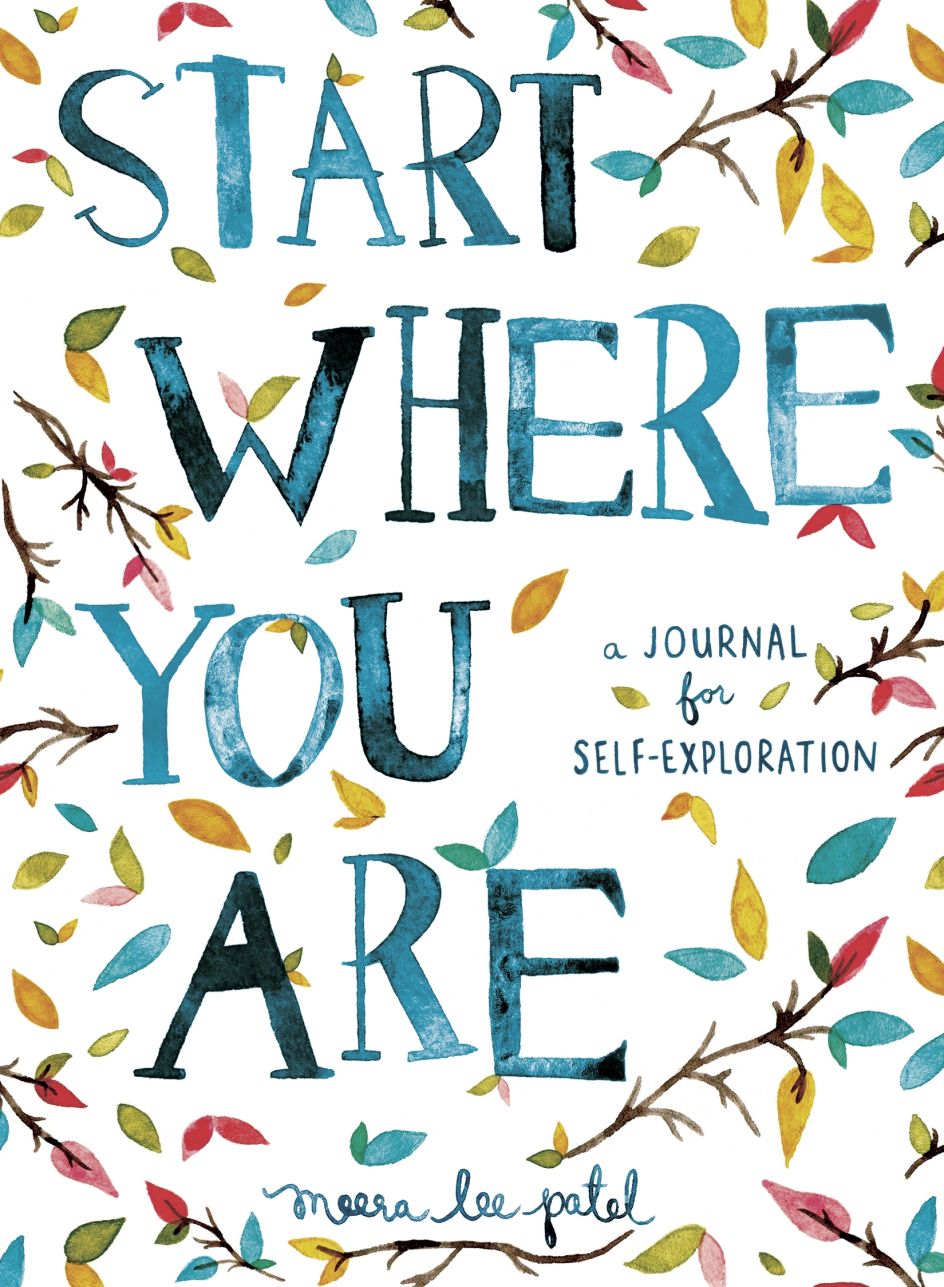
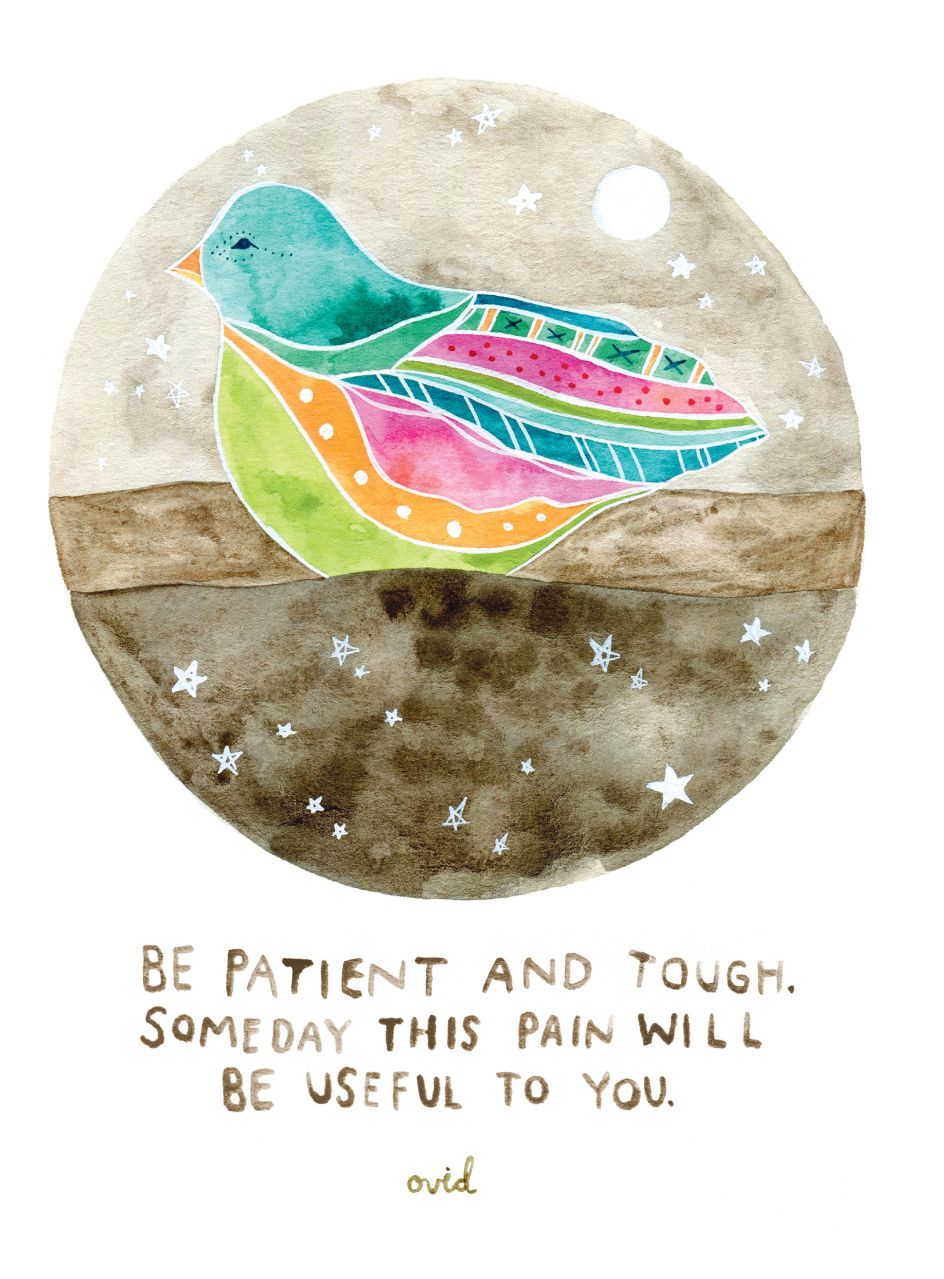
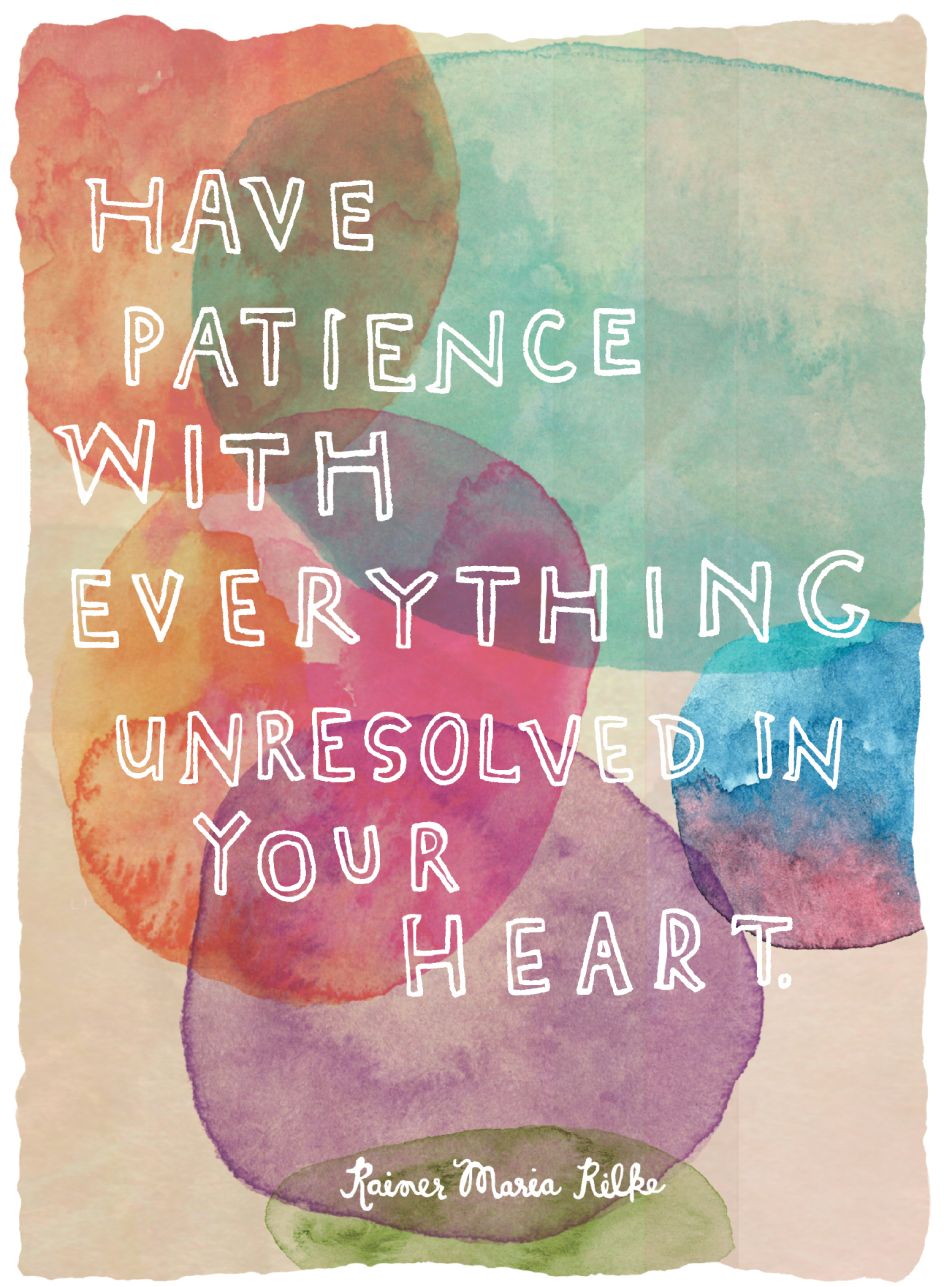
It's a beautiful book, as you say – focusing on the practice of mindfulness. What do you hope people will get out of it?
I hope that all readers – whether they are feeling lost and confused or satisfied and stable—are able to navigate to a clearer place with the help of this book. I also hope that readers are able to understand more about themselves and their behaviours, so they can move closer to becoming a happier and healthier version of themselves.
Was there anything that happened in your life to inspire you to create Start Where You Are?
The idea for Start Where You Are came to me while I was browsing Pinterest. Noticing a large amount of inspirational and positive quotes that were continually being shared and re-pinned, I wondered: if the right message was being shared, why did so much of my generation feel lost and confused and unsatisfied with their lives? As I discovered, the discrepancy lay between what people were reading and what they were doing. In order to make a change or achieve a realisation, conscious reflection and action are necessary.
Do you think there's a growing demand for mindfulness, in a world that is becoming obsessed with technology and constantly being 'plugged in'?
I do. I use technology every day and it makes my life more manageable in many ways, but it can also serve as a distraction. I think it’s very important to be in tune with yourself – with your heart, spirit, and body – and the way to do that is by listening to yourself. Mindfulness doesn’t mean separating yourself from technology or other people. Rather, it encourages self-cognisance and develops the ability to stay rooted within yourself.
Aside from your art, how do you 'unplug' and carve out quiet time for yourself every day?
I really like taking walks. It’s time that I can simultaneously spend engaging with myself and the world around me. I ask myself questions and pay attention to my thoughts. Walking is my safe space, a time for me to reflect and be ok with where I am. I’ve learned that the most important part of this process is continuity – when I’m with myself, I uncover parts of myself that I didn’t realise were still there. Introspection, like all things, is a practice, and one that strengthens only when you try a little bit harder each day.
Mindfulness doesn’t mean separating yourself from technology or other people. Rather, it encourages self-cognisance and develops the ability to stay rooted within yourself.
You're a huge hit on social media and have attracted clients such as NASA and Urban Outfitters.
If there’s one thing I’ve learned, it’s that there are definitely no secrets! Any clients I’ve worked with have been a result of continually making and sharing my work. I’d encourage other freelancers to really use social media to their advantage – post your work everywhere, talk about it, and tell people why it’s important to you. Why are you making what you’re making? What does it mean to you? What do you hope it brings to others?
What aspects of marketing have worked really well for you? And why?
I’ve always been someone who errs on the side of trying everything – usually more than two or three times. I’ve sent out postcard mailers to art directors, I’ve cold-emailed hundreds of clients I’d like to work with, and I’ve applied for contests and internships even if they seemed out of reach (they always do) or didn’t offer any immediate appeal.
I do a lot of things just for the challenge, which makes it easier to brush off rejection, which will come many times and continue to come throughout your career. Don’t be afraid to say yes or let people know you are available. There is no shame in wanting work. Be bold. Try everything at least once.
What have you found to be the most challenging aspect of running your own business? How have you tackled this?
I would say it’s managing all the different aspects. As a creative, I have little patience or desire to do marketing work, administrative work, or follow up with clients about late invoices...but it’s all part of the job. It’s easy to feel overwhelmed, and I quite often do. Tackling everything is a continual process, and one that I struggle with on a weekly basis, but it helps me to know that this is a path I’ve chosen for myself. That perspective allows me to feel gratitude – I’m grateful for the opportunity (and ability) to run my own business and I know it will get a little bit better each day, week, year. All I can do is try my best and be ok with whatever that is at the moment.
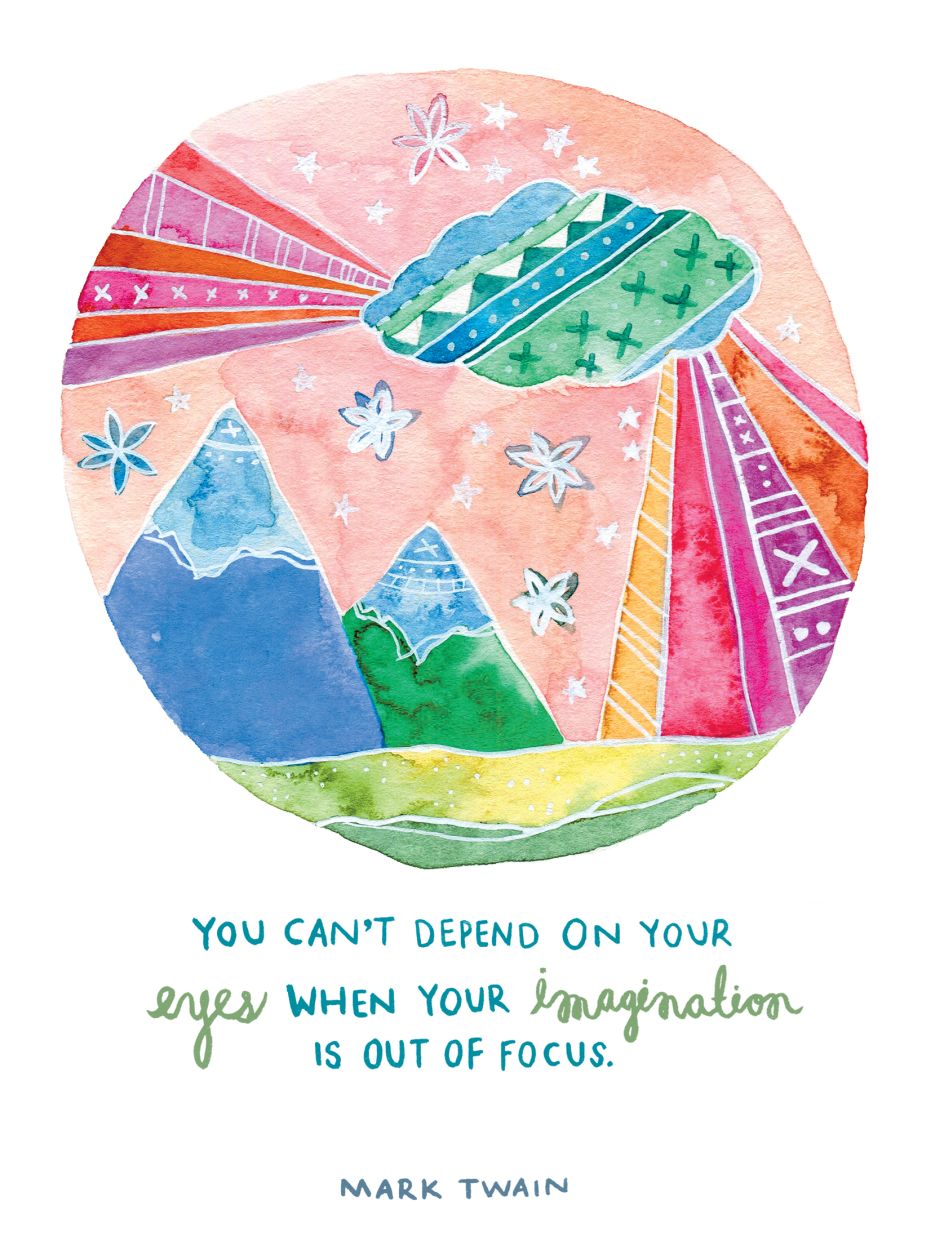
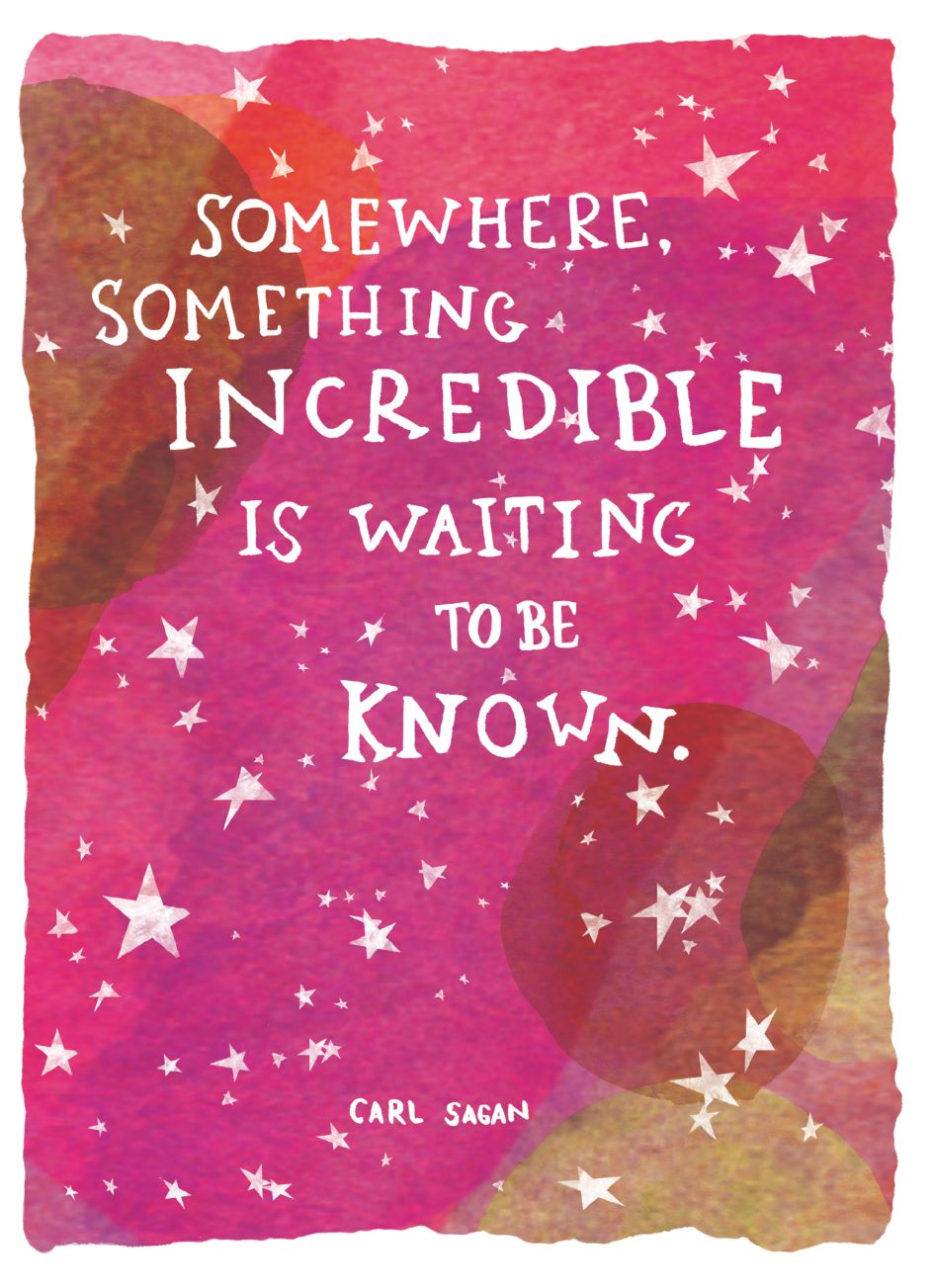
Is there anything that frustrates you about the creative industries? Tell us what you'd like to see change and why.
It can be frustrating to see the same handful of people given opportunities, interviews, and jobs over and over again. Good work deserves to be recognised, always, but it can be hard for unknown artists to find a place among more established ones. Creative work is often very solitary and isolating, but it doesn’t have to be. I’d love to see more mentorship – a better fostering of community and connection. Each and every person will surprise you if you let them.
You're based in Brooklyn. Is it a good place to be? Tell us more…
I love Brooklyn, and New York, in general. It’s large and small at the same time, and I mostly enjoy the ability to be invisible at any given moment. There are always new streets and shops and people to discover, and the ability to be in awe at any given moment. I don’t know if Brooklyn is where I’ll always be, but I’m very happy to be here right now.
Tell us about your setup... what tools, materials and other such things do you use?
I work primarily in watercolour and gouache, using tiny brushes to paint the tiny lines and detail in my work. I like watercolours because they’re fluid – they have their own ways of moving and remind me that I don’t have control over everything. At home, I have a drafting table that I work at, but when I’m travelling, I just take some paper and a watercolour palette with me. I’ll paint anywhere – on the floor, in the kitchen, at a cafe – as long as there is good light.
Describe your morning routine.
I generally wake up early, between 5:30-6am and spend a few minutes meditating or thinking good thoughts. It’s important to have a few moments to myself and cultivate a balance before I begin my day. I then immediately begin work, answering emails, packing orders, doing inventory – each day is a little bit different depending on what needs to be done. I’ll break mid-morning for breakfast or to go to a Pilates class and enjoy the walk to and from both. Mornings are the best part of my day – when I feel most energised, inspired and happy to be.
What are you currently reading?
I have almost finished with Einstein’s Dreams by Alan Lightman, an immensely enjoyable (fictional) look into Albert Einstein’s dreams while he worked on his Theory of Relativity. I am just beginning A General Theory of Love by Thomas Lewis, Fari Amini and Richard Lannon, which explores human emotion and concepts of love from scientific, cultural, and biological viewpoints.
What do you do to relax?
I sleep! I could sleep for days. I like spending time with friends, having meaningful conversations. I like to laugh. I could stare out of the window for hours. I could do nothing at all.
Finally, if you could have a word with your younger self – what would you say?
If I could talk to my younger self, I’d remind her that there are many worlds inside her, and to not feel confined to the one she finds herself in at any one particular moment. Everything is temporary. Everything will change.

















